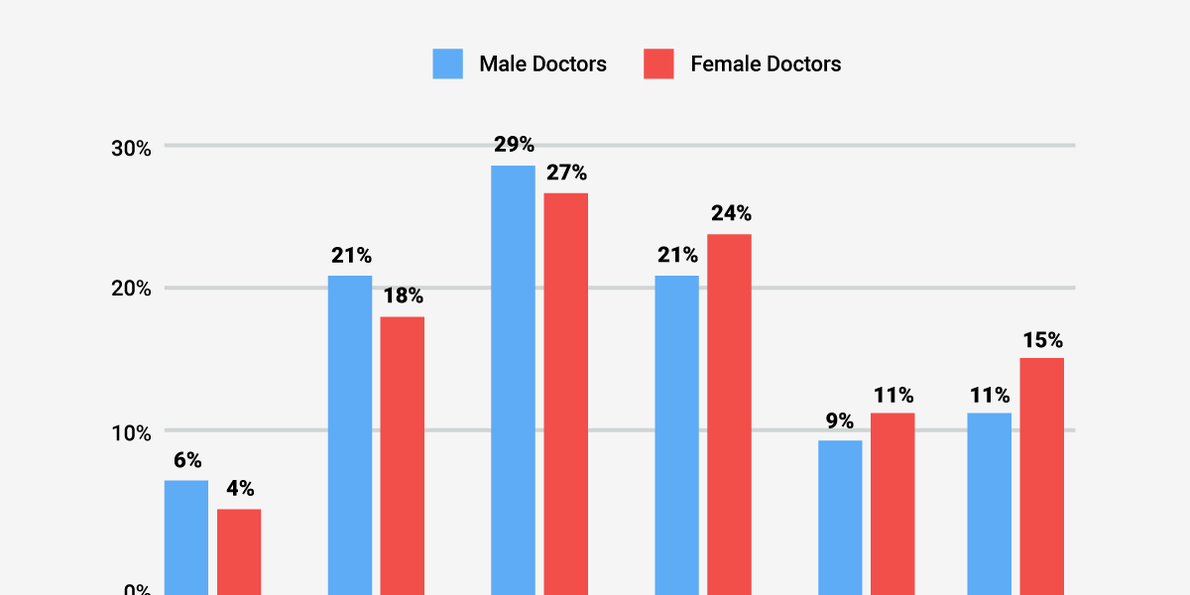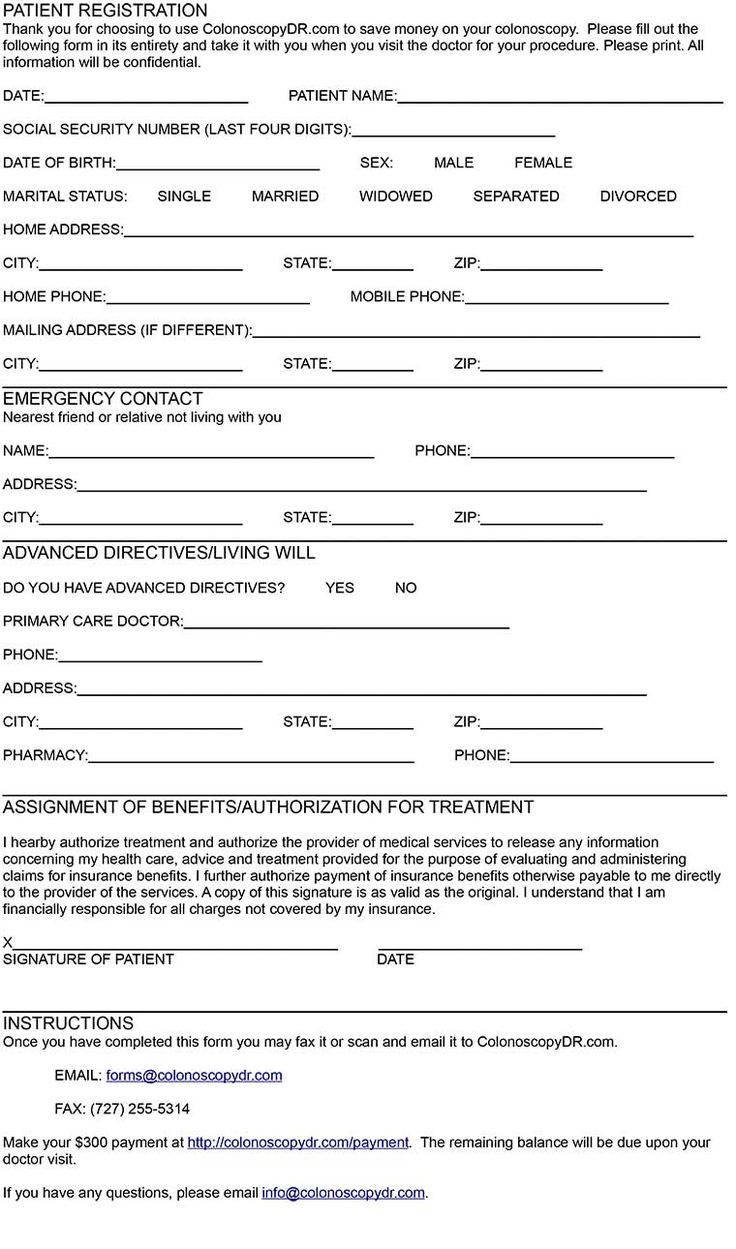5 Surprising Facts About Doctors' Paperwork Time

When we think about the life of a doctor, our minds often jump to images of life-saving surgeries, patient consultations, and the relentless pace of emergency rooms. However, behind these scenes lies an often overlooked aspect of a doctor's daily routine: paperwork. The administrative side of medicine, though less glamorous, plays a critical role in patient care. Here are five surprising facts about the time doctors spend on paperwork.
Paperwork Consumes A Significant Portion of Doctors’ Time


Despite the advances in medical technology, paperwork remains an indispensable part of healthcare. Studies reveal that doctors can spend:
- 20-25% of their workday on administrative tasks.
- An average of 16.4 minutes per patient encounter on just the documentation alone, which can add up significantly over a day.
This doesn’t just include filling out forms or entering data into Electronic Health Records (EHRs). It extends to:
- Ordering tests
- Managing referrals
- Handling prior authorizations
Impact on Patient Interaction

The administrative load has a direct impact on the doctor-patient relationship:
- Less time for face-to-face interaction means doctors might feel rushed during appointments.
- Patients often feel that their doctors are more focused on the screen than on them, leading to dissatisfaction.
The Rise of EHRs and Its Paradoxical Effect


The introduction of Electronic Health Records (EHRs) was meant to streamline healthcare and reduce administrative burdens, but instead:
- It has led to a phenomenon known as the EHR paradox, where the promise of efficiency is overshadowed by increased complexity.
- Physicians report spending more time entering data into EHRs than before, sometimes doubling their documentation time.
- Additional training for using different EHR systems also contributes to the time doctors spend away from patient care.
Paperwork Leads to Physician Burnout

The administrative burden is not just a matter of time management; it’s a contributing factor to burnout:
- A significant number of physicians attribute their burnout to administrative tasks.
- Many cite the constant need for data entry, regulatory compliance, and insurance processes as demoralizing.
- The Mayo Clinic survey found that administrative workload was one of the top reasons doctors consider leaving the profession.
This has led to discussions about:
- Implementing solutions like scribes or AI-powered assistance.
- Advocating for policy changes to reduce administrative burden.
What Can Be Done About It?

| Approach | Description |
|---|---|
| Scribes | Hiring professional scribes to manage documentation during patient visits can reduce the doctor’s workload significantly. |
| AI and Automation | AI tools can help with tasks like speech-to-text conversion, natural language processing for documentation, and automated prior authorization. |
| Policy Changes | Advocacy for regulations that simplify paperwork, reduce redundancy, and streamline processes. Lobbying for better insurance company cooperation. |
| Streamlined EHR Use | Training doctors on more efficient use of EHR systems and integrating systems for smoother interoperability. |

📝 Note: While solutions like scribes or automation can offer relief, they require investment from healthcare institutions and systemic changes to be effective.
In summary, the administrative side of healthcare is a complex issue that impacts not only the efficiency of doctors but also patient care, doctor morale, and the overall healthcare system. By understanding these surprising facts and pushing for systemic changes, we can hope to see a future where doctors spend less time on paperwork and more time where it matters most: with their patients.
How much time do doctors typically spend on paperwork?

+
Doctors spend approximately 20-25% of their workday on administrative tasks, which includes documentation, ordering tests, managing referrals, and handling prior authorizations.
What is the EHR paradox?

+
The EHR paradox refers to the situation where Electronic Health Records (EHRs) were meant to streamline healthcare but have instead increased the complexity and time spent on administrative tasks by physicians.
Can paperwork cause doctors to leave the profession?

+
Yes, the administrative workload has been cited as one of the top reasons for physician burnout, which can lead doctors to consider leaving the profession or reducing their hours.
What solutions are being considered to reduce administrative burden on doctors?

+
Solutions include hiring scribes, using AI and automation for documentation, advocating for policy changes to simplify paperwork, and improving EHR use through better training and system integration.
How can patients contribute to reducing doctors’ paperwork?

+
Patients can help by providing accurate and complete medical histories, filling out forms correctly, and being mindful of appointment times, which can indirectly reduce the administrative load on doctors.